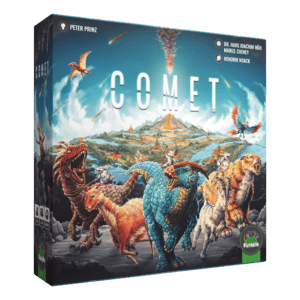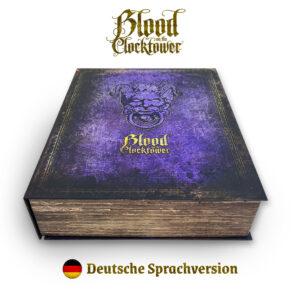7 days left until the Kickstarter Launch! The new clanboard in the course of History.
The most noticeable change compared to Glen More – apart from the rich material – is the new game board, the clanboard. Behind this sympathetic looking map of the Highlands hides one of the trickiest game design elements of Glen More II: Chronicles.
The prehistoric age
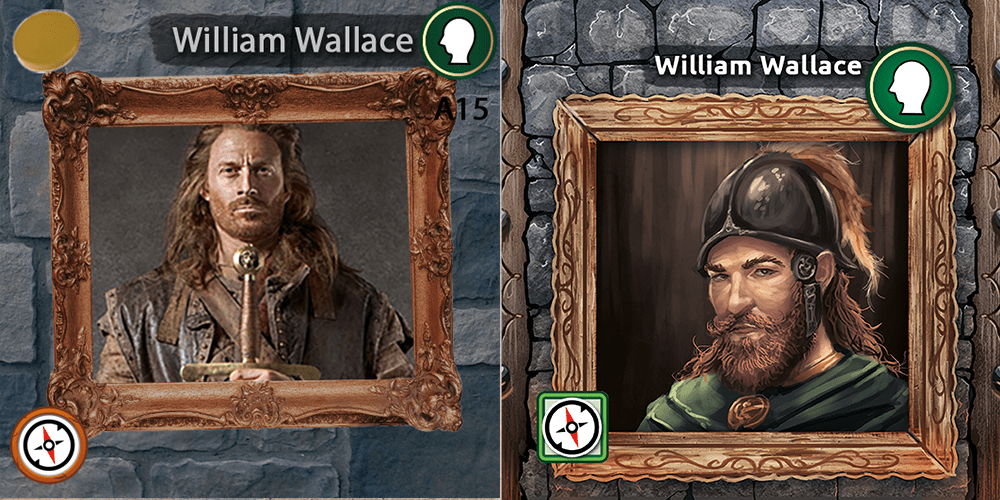
oriented on the historical appearance.
Strictly speaking, the clanboard did not exist in prehistoric times, because at first only the persons were part of Matthias Cramer’s new design. From the beginning they brought a new scoring into the game. But the desire that the persons do more was quickly there.
The early days of the board

At that time, each player had their own clan at the beginning of the game with a corresponding clan ability:
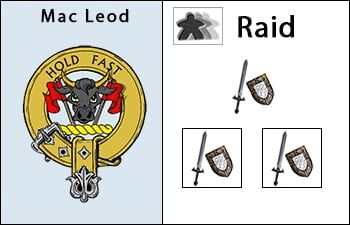

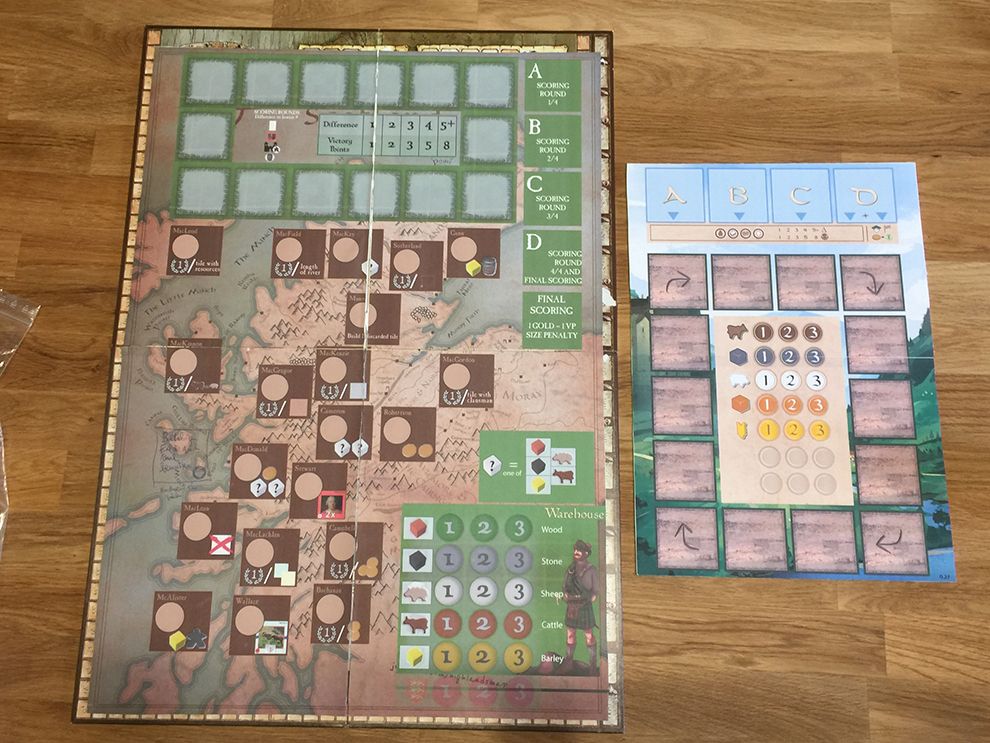
Why have the clan abilities been removed?
Matthias Cramer has a clear vision for the strategic direction and the player’s own decision in the course of the game. Assigning a special ability to a player seemed very limiting to him: “This pushed the player into the direction of the Clan ability.” So the clan’s abilities were transferred to the clanboard and players could choose them as the game progressed. That was a big step forward for the clanboard’s fun!
It was a good decision in terms of game mechanics and the next step was to connect the clans with streets in order to make the selection of abilities even more exciting.
It’s all good, then?
The first version with the streets had no gold costs yet (the persons cost 1 gold each at that time) and the rule of the game was that you could not skip a clan field, but the clan markers had to be placed next to each other. That worked well in the first try. But the clans that bring victory points (on the right side) were a bit weak – they only brought 4-6 victory points.
Easily fixed, right?
We’ve increased the Victory Points to make the clans more interesting, with the effect that players yould never occupy the clan on the way there, so as not to unlock the valuable Victory Point clans to other players.
Game design is a Beast.
The solution
After what felt like 10 versions, our testers came up with the great idea of adding costs to the streets and at the same time removing the restriction that clans can only be occupied if a neighbouring clan is already occupied. Now you can use any clan at any time, but you have to dig deep into your pocket.
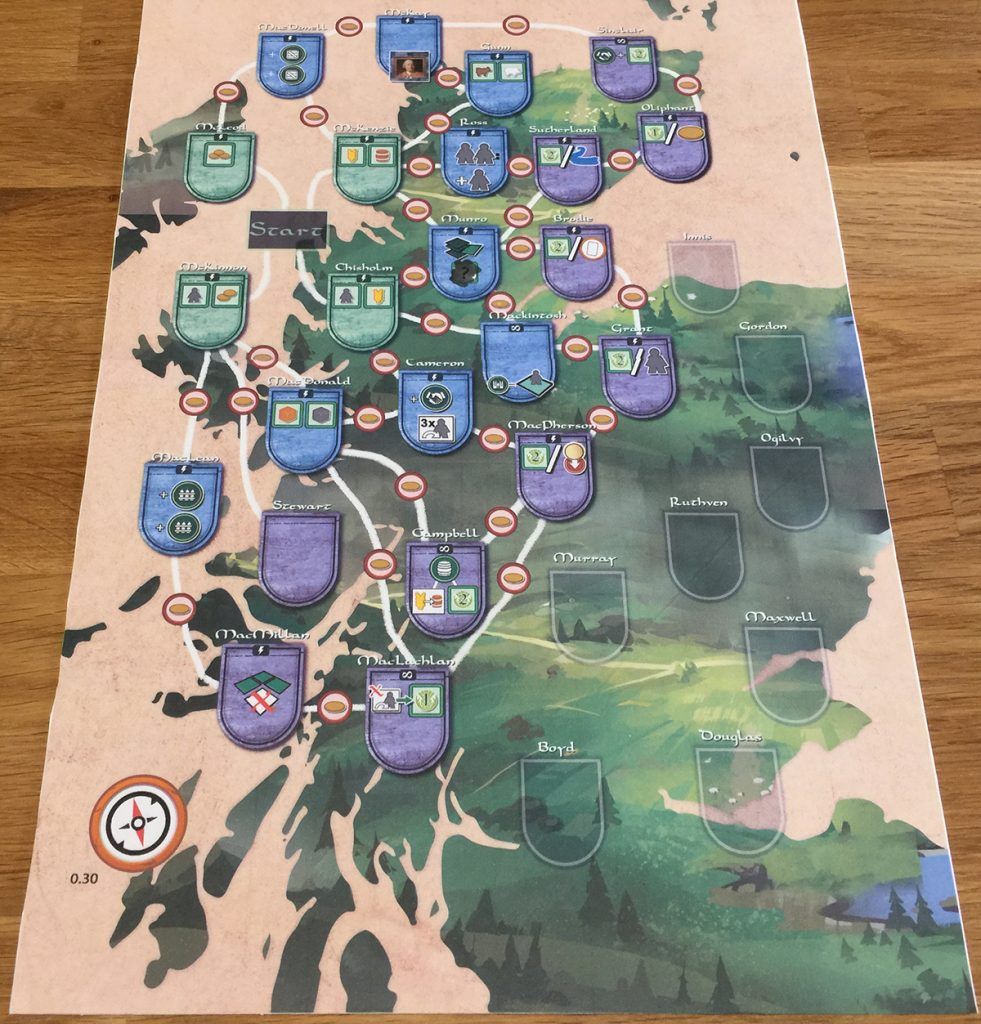
Observation
Now only our graphic designer Daniel had a few words to say, because the clanboard seemed slightly confusing to him. He now wants to revise it again and I copied his current version from the folder – without asking, don’t tell – to give you an insight (work-in-progress!).
The icons will be updated as we revise the icons on the tiles.

Final thoughts
The clanboard was difficult. The balance between an important, but not play-determining element was critical. Sometimes the board seemed far too big for what it offered. Sometimes it was so powerful that it collided with the core game.
But now we have a version that offers a great interaction between rondel, territory development, tactical moves and strategic considerations. We hope you’ll enjoy it. We’re pretty proud of our game design Beast!

